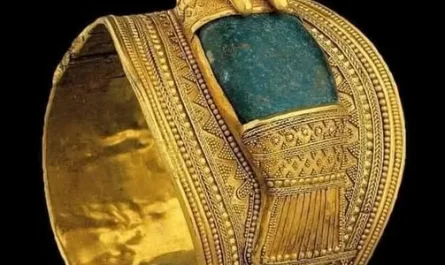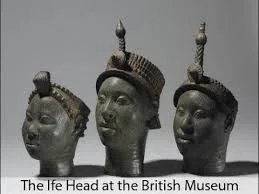
On March 14, 1938, a groundbreaking discovery in Ife, Nigeria, unearthed 17 brass and copper heads and the upper half of a brass figure during routine house construction. These exquisite artifacts, dating to the 14th–15th century CE, belong to the ancient Yoruba civilization and reveal a level of artistic sophistication that stunned the world. Known as the Ife Heads, these sculptures challenged Western misconceptions of African art as primitive, showcasing the Yoruba’s mastery of metalworking and their rich cultural heritage.
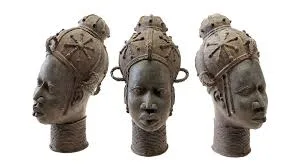
A Stunning Find in Ife
The discovery occurred in the Wunmonije compound, near the palace of the Oni (king) of Ife, a historic Yoruba city in present-day Osun State. Workers digging foundations stumbled upon the cache of sculptures, crafted with extraordinary realism. The heads, ranging from 20 to 35 centimeters tall, depict human figures—likely rulers, deities, or ancestors—with lifelike facial features, intricate scarification patterns, and elaborate headdresses adorned with beads or feathers. The half-figure, possibly a king or priest, mirrors this detailed craftsmanship. Made using the lost-wax casting technique, these artifacts highlight Ife’s role as a cultural and political hub in West Africa during the medieval period.
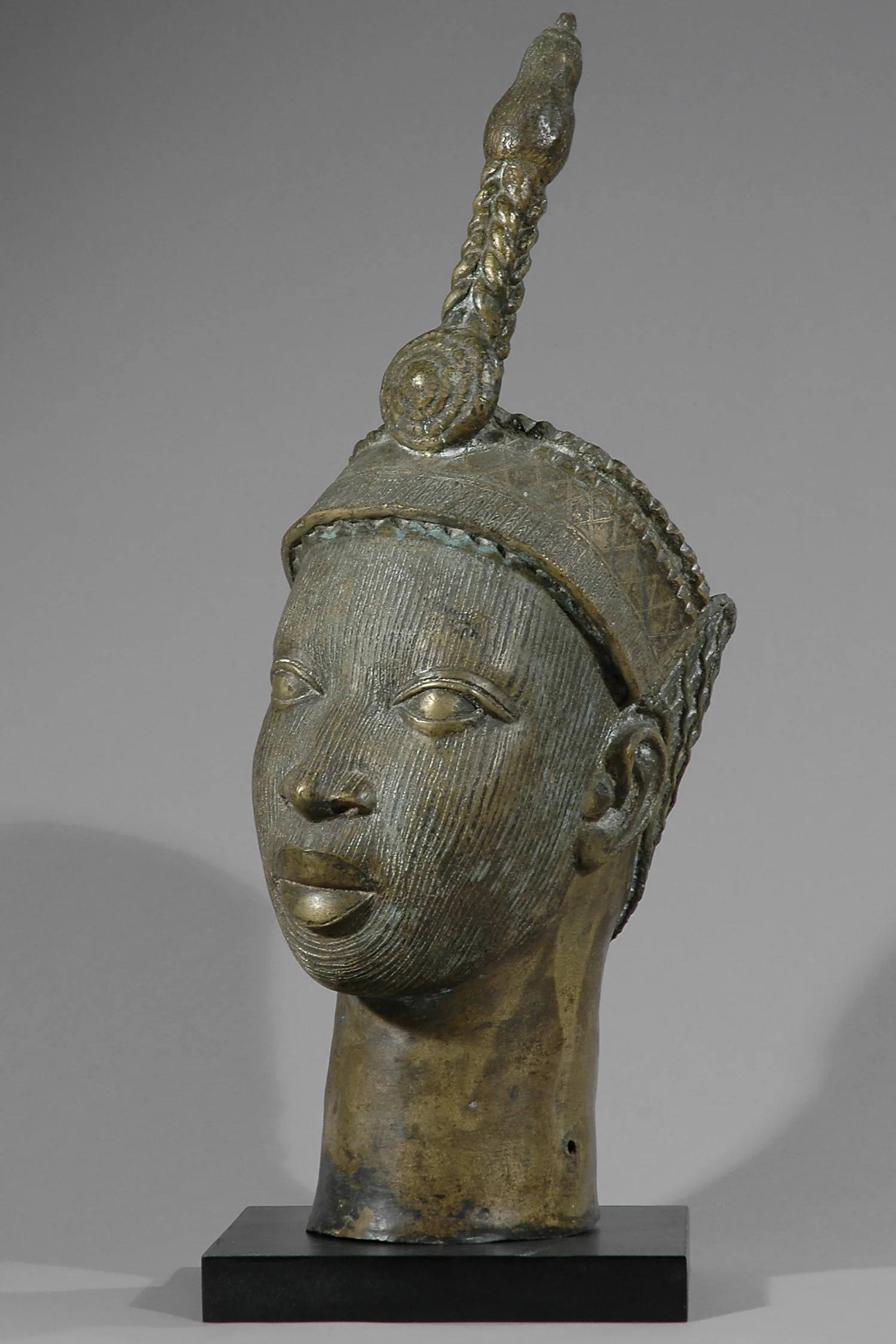
Rewriting Art History
The Ife Heads’ discovery sent shockwaves through the academic world. At the time, colonial biases dismissed African art as simplistic or utilitarian. The heads’ naturalistic style—comparable to classical Greek or Renaissance sculpture—upended these notions. Their detailed features, such as expressive eyes, delicate lips, and precise scarification, demonstrated an advanced understanding of anatomy and aesthetics. The use of brass and copper, alloys requiring sophisticated smelting and casting, placed Yoruba metalworking on par with or ahead of contemporary European and Asian techniques.
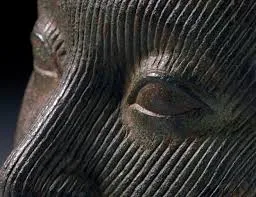
Scholars like Frank Willett later noted that the Ife Heads reflected a unique Yoruba aesthetic, blending realism with idealized beauty to convey spiritual and political authority. The sculptures likely served ceremonial purposes, possibly as effigies of deceased rulers or deities like Olokun, the Yoruba god of wealth and the sea. Their discovery forced a reevaluation of African history, highlighting Ife as a cosmopolitan center of trade, art, and governance between the 12th and 15th centuries.
A Legacy of Craftsmanship
The lost-wax casting technique used for the Ife Heads underscores the Yoruba’s technical prowess. Artisans molded wax models, encased them in clay, melted out the wax, and poured molten metal into the mold, achieving intricate details unattainable by simpler methods. This process, combined with the sculptures’ aesthetic refinement, suggests a society with specialized artisans and a complex social structure. Ife’s influence extended across West Africa, shaping neighboring cultures like the Kingdom of Benin, whose later bronzes echo Ife’s style.
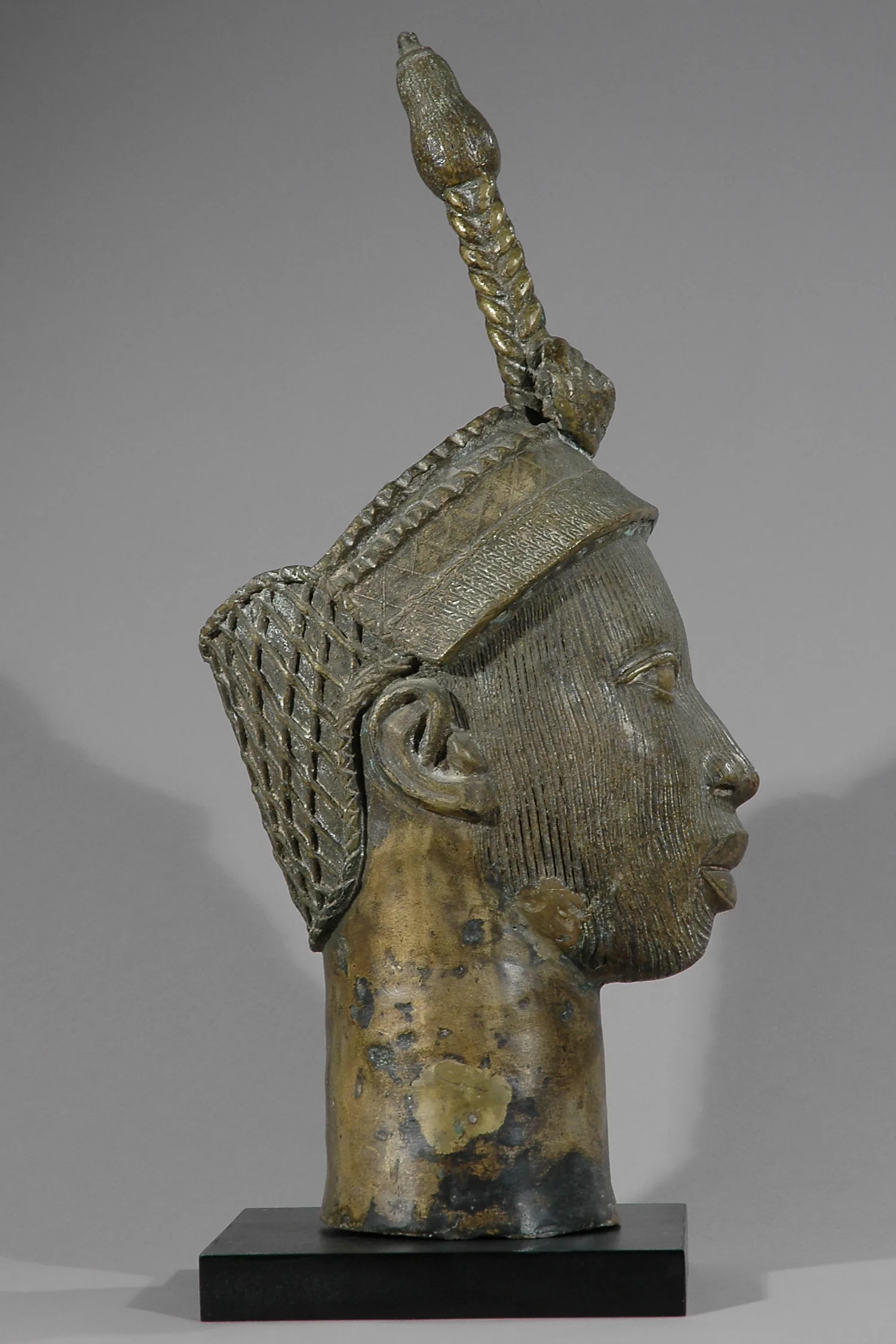
A Global Icon
Today, the Ife Heads are celebrated as masterpieces of African art, housed in institutions like the National Museum of Nigeria in Lagos and the British Museum in London, though their presence abroad sparks ongoing repatriation debates. They remain powerful symbols of the Yoruba’s artistic legacy and Africa’s contributions to global culture. The 1938 discovery not only reshaped Western perceptions but also inspired pride in African heritage, reminding us of the sophistication and creativity of civilizations too often overlooked.
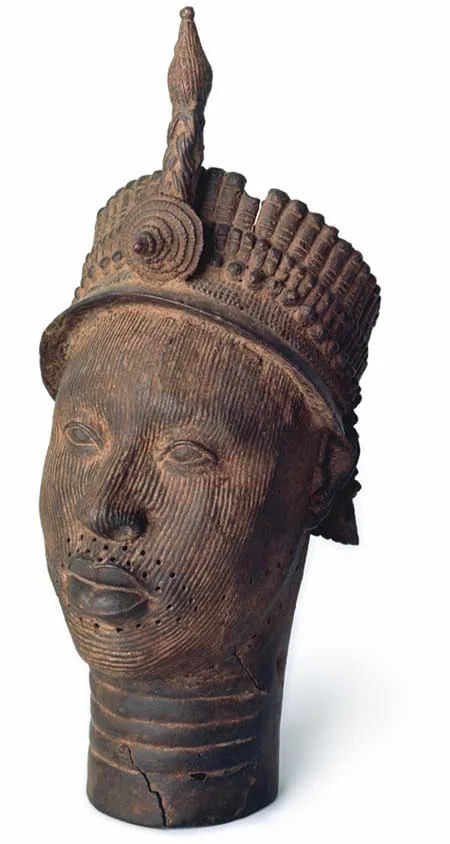
The Ife Heads, with their serene faces and intricate designs, stand as timeless testaments to a vibrant past, urging us to honor the depth and diversity of human ingenuity.


